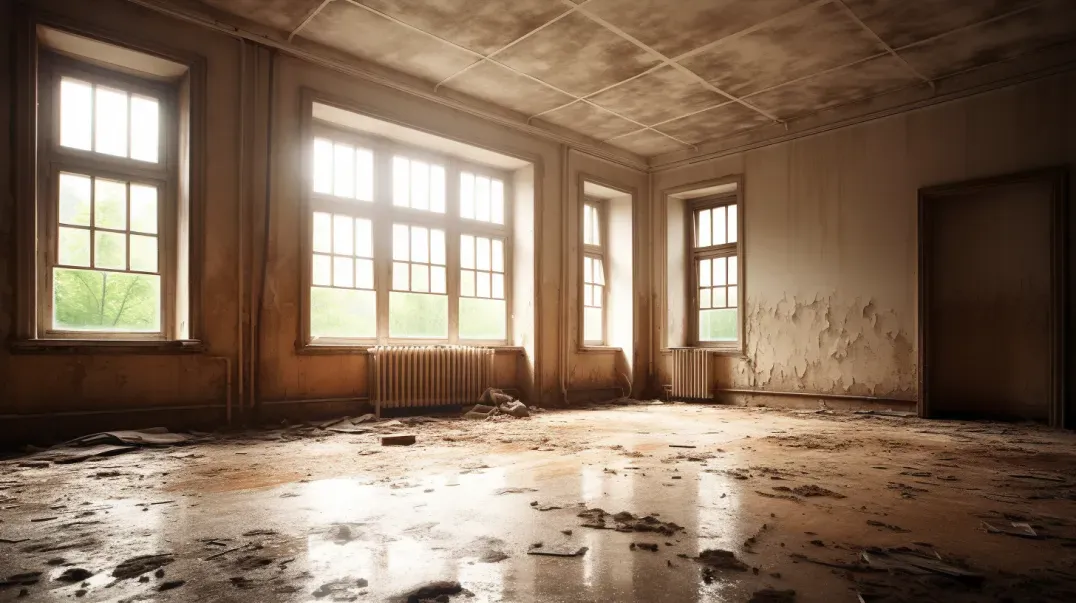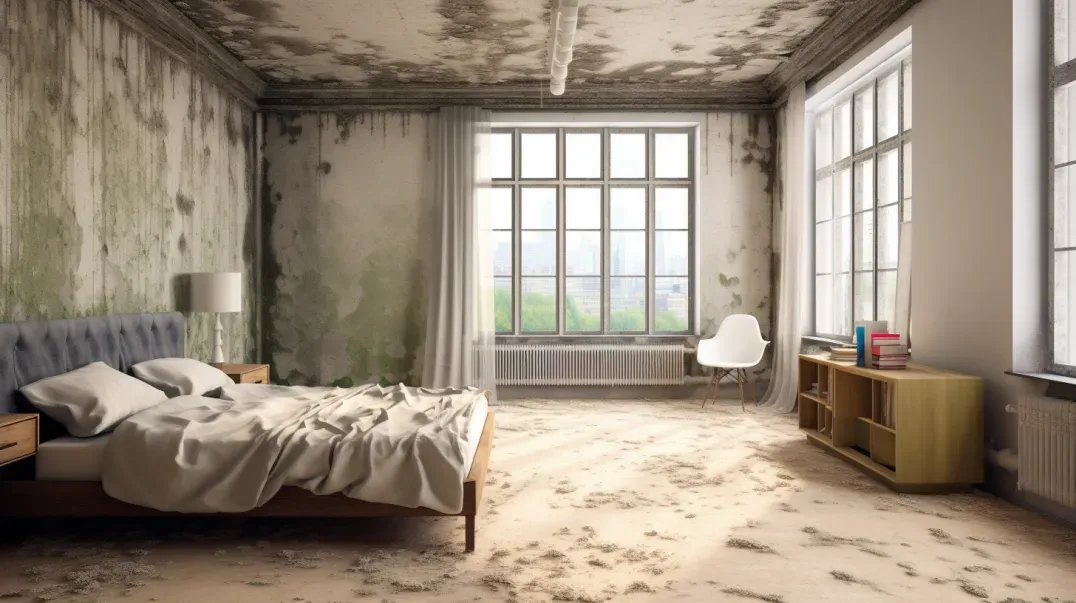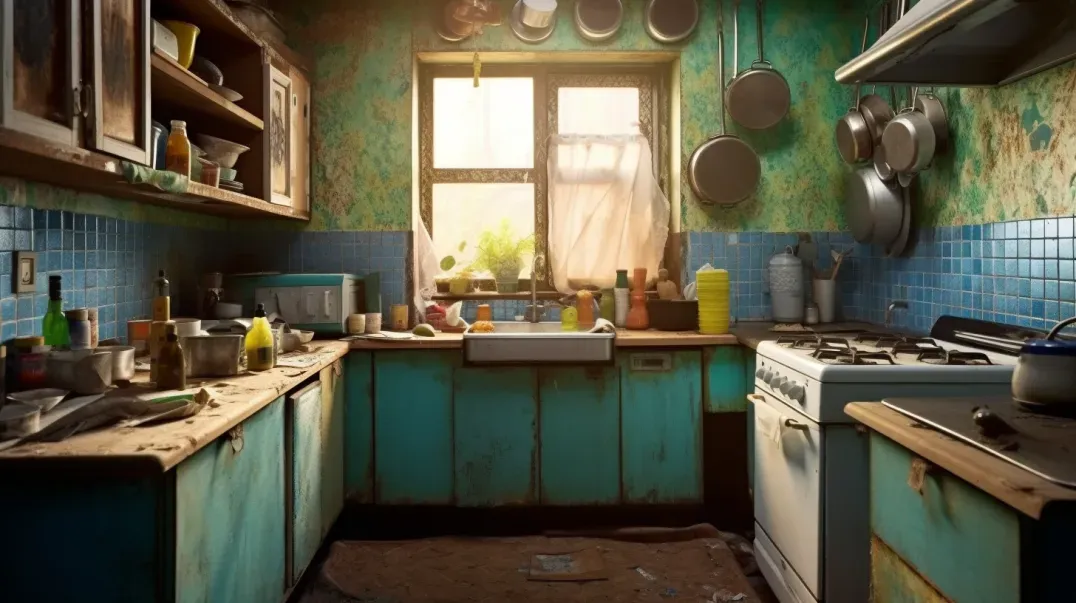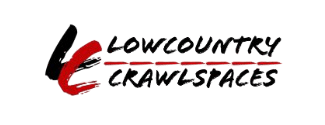Mold Prevention in Basements and Crawl Spaces
Mold growth in homes is a concern that can affect not only the structural integrity of the property but also the health of its occupants. Basements and crawl spaces are among the most common areas where mold tends to develop, due to conditions that are conducive to its growth. Understanding why these areas are prone to mold is crucial for homeowners to take proactive measures in preventing mold-related issues.
Basements and crawl spaces often suffer from poor ventilation, creating an environment where stale air circulates and moisture levels can remain high. Without adequate airflow to dry out the dampness, these areas become ideal breeding grounds for mold. Additionally, water intrusion from groundwater seepage, leaks in foundation walls, or plumbing issues can exacerbate the problem, providing the moisture mold needs to thrive.
Another factor contributing to the vulnerability of basements and crawl spaces to mold growth is the presence of organic materials, such as wood framing, paper backing on insulation, and stored items, which can serve as food sources for mold. When these materials become damp or wet, it significantly increases the risk of mold development.
This blog will explore the specific conditions that make basements and crawl spaces susceptible to mold growth and offer insights into how homeowners can effectively address these challenges. By understanding the underlying causes and implementing targeted prevention strategies, it is possible to maintain a healthier, mold-free home environment.
Understanding Mold in Basements and Crawl Spaces
Mold growth in basements and crawl spaces can pose significant challenges to homeowners, affecting both the property's structural integrity and the health of its occupants. These areas are particularly susceptible to mold due to specific environmental conditions that facilitate mold proliferation. Understanding these conditions and the types of mold that commonly occur can help in developing effective strategies to prevent and address mold issues.
Conditions That Promote Mold Growth
Several factors contribute to the conducive environment for mold growth in basements and crawl spaces:
- Moisture: The primary catalyst for mold growth is moisture. Basements and crawl spaces often experience higher humidity levels due to their proximity to the ground. Water intrusion from external sources, such as rainwater seepage or flooding, and internal sources, like plumbing leaks, further increases the moisture content in these areas.
- Darkness: Mold thrives in dark environments, and basements and crawl spaces typically receive little to no natural light. The absence of sunlight not only promotes mold growth but also makes it harder to detect until it becomes a significant problem.
- Limited Airflow: Poor ventilation in basements and crawl spaces restricts airflow, preventing the evaporation of moisture. Stagnant air creates an ideal setting for mold spores to settle and proliferate.
By addressing these conditions—through moisture control, improving lighting, and enhancing ventilation—homeowners can significantly reduce the risk of mold growth in their basements and crawl spaces.
Types of Mold Common in Basements and Crawl Spaces
Several mold species are commonly found in basements and crawl spaces, each with its characteristics:
- Cladosporium: This mold type can appear as black or green and often grows on fabrics, woods, and other damp materials. It can cause respiratory problems and skin irritation.
- Penicillium: Easily recognizable by its blue or green appearance, Penicillium thrives in damp environments and can spread quickly. Exposure can lead to allergic reactions and respiratory issues.
- Aspergillus: This mold varies in color and is commonly found on walls and insulation materials. It can produce mycotoxins that may cause serious health issues, including lung infections and allergic reactions.
- Stachybotrys chartarum (black mold): Known for its black color, this mold grows on high-cellulose materials like drywall that have been exposed to moisture. It is particularly concerning due to its potential to produce toxic compounds that can lead to severe health problems.
Understanding the types of mold that are likely to grow in basements and crawl spaces and their potential health impacts is crucial for homeowners. This knowledge empowers them to take timely action to mitigate mold growth and protect their homes and health.
Assessing Your Basement and Crawl Space for Mold Risks
Mold in basements and crawl spaces can lead to significant health risks and structural damage if not addressed promptly. Regular assessments of these areas for mold risks are crucial in preventing mold growth and ensuring the safety and integrity of your home. This section will guide you through identifying problem areas and addressing common moisture sources that contribute to mold proliferation.
Identifying Problem Areas
To effectively inspect your basement or crawl space for signs of moisture and potential mold growth, follow these steps:
- Visual Inspection: Begin with a thorough visual examination of all surfaces for signs of mold, which may appear as discolored patches or spots in various colors, including black, green, or white.
- Check for Moisture: Feel the walls, floors, and any wooden structures for dampness. Use a moisture meter for a more accurate assessment. High moisture levels are a primary indicator of potential mold risk.
- Smell Test: Mold often produces a musty odor. If you notice any unusual smells, particularly in areas that are rarely exposed to fresh air, this could indicate hidden mold growth.
- Look for Water Damage: Water stains, peeling paint, or warped materials can signify past or ongoing water issues that could lead to mold growth.
- Inspect Ventilation: Poor ventilation contributes to high humidity levels. Ensure that your basement or crawl space has adequate airflow to prevent moisture buildup.
Moisture Sources and How to Address Them
Identifying and addressing moisture sources is key to preventing mold growth. Common sources of moisture in basements and crawl spaces include:
- Leaks: Check for leaks from pipes, appliances, and exterior walls. Repair any leaks promptly to prevent moisture accumulation.
- Condensation: High humidity levels can lead to condensation on cold surfaces. Use dehumidifiers to maintain humidity levels between 30% and 50%.
- Groundwater Seepage: Ensure that your home's foundation is properly sealed against water intrusion. Install a sump pump if necessary to manage groundwater.
- Poor Drainage: Ensure that gutters and downspouts are clear and direct water away from your home's foundation. Consider grading the landscape to prevent water pooling near the foundation.
By regularly inspecting for these moisture sources and implementing effective mitigation strategies, homeowners can significantly reduce the risk of mold growth in their basements and crawl spaces.
Key Strategies for Mold Prevention
Preventing mold growth in basements and crawl spaces is essential for maintaining the structural integrity of your home and ensuring the health of its occupants. Mold thrives in moist, poorly ventilated environments, making basements and crawl spaces particularly susceptible. However, by implementing effective ventilation techniques and controlling humidity levels, homeowners can create conditions that are less conducive to mold growth. This section explores practical strategies for achieving these goals.
Effective Ventilation
Improving air circulation in basements and crawl spaces is crucial for preventing mold. Proper ventilation helps remove stagnant air that can harbor moisture and mold spores, replacing it with fresh, dry air. Here are some techniques for enhancing ventilation:
- Install Vents: Ensure that your basement and crawl spaces have adequate venting to the outside. This can help reduce moisture levels by allowing humid air to escape.
- Use Exhaust Fans: Installing exhaust fans can help actively remove moist air from these areas, especially in basements where laundry machines or bathrooms increase humidity levels.
- Encourage Cross Ventilation: If possible, create opportunities for cross ventilation by opening windows or doors on opposite sides of the space. This can significantly improve air flow and reduce moisture.
- Consider a Ventilation System: For areas where natural ventilation is limited, a mechanical ventilation system may be necessary. These systems can continuously circulate air, helping to keep humidity levels in check.
Controlling Humidity
Maintaining optimal humidity levels is another key strategy in mold prevention. The ideal indoor humidity level is between 30% and 50%. Here are methods to achieve this:
- Use Dehumidifiers: Dehumidifiers can be particularly effective in basements and crawl spaces, where natural ventilation may be insufficient to reduce moisture levels. They work by removing moisture from the air, thereby preventing mold growth.
- Insulate Pipes: Cold water pipes can cause condensation, contributing to moisture problems. Insulating these pipes can prevent condensation from forming.
- Address Water Intrusion: Fix leaks and other sources of water intrusion promptly. This includes repairing foundation cracks, improving drainage around the home, and ensuring gutters and downspouts direct water away from the foundation.
- Monitor Humidity Levels: Use a hygrometer to regularly check humidity levels in your basement and crawl spaces. This will help you adjust your moisture control strategies as needed to maintain optimal conditions.
Waterproofing and Sealing Techniques
Maintaining a dry basement and crawl space is crucial for the structural integrity of your home and the health of its occupants. Waterproofing and sealing are essential strategies to prevent water and moisture from entering these areas, which are prone to dampness. Understanding the importance of these methods and how to effectively implement them can significantly reduce the risk of mold growth and water damage.
Importance of Waterproofing
Waterproofing basements and crawl spaces involves various methods designed to prevent water from penetrating your home's foundation. Here are some effective waterproofing techniques:
- Interior Waterproofing: This includes applying sealants to basement walls and floors, which can prevent moisture from seeping through. It's a cost-effective solution for minor moisture issues.
- Exterior Waterproofing: More comprehensive than interior methods, exterior waterproofing involves excavating around the house to install a waterproof membrane or coating on the outside of the foundation walls. This method is highly effective but can be more expensive and labor-intensive.
- Drainage Systems: Installing proper drainage systems, such as French drains or sump pumps, can help redirect water away from your home's foundation, preventing water accumulation and potential entry into the basement or crawl space.
Implementing these waterproofing techniques can protect your home from the damaging effects of water and moisture, thereby preventing mold growth and preserving the structural integrity of your property.
Sealing Cracks and Openings
Cracks and openings in the foundation, walls, and floors of basements and crawl spaces can serve as entry points for water and moisture. Here's a step-by-step guide on sealing these potential problem areas:
- Identify Cracks and Openings: Conduct a thorough inspection of your basement and crawl space to identify any cracks, gaps, or openings in the walls, floors, and around pipes or cables.
- Clean the Area: Before sealing, clean the area around the crack to ensure the sealant adheres properly. Remove any dirt, debris, or loose material.
- Choose the Right Sealant: For small cracks, a waterproof sealant or caulk designed for concrete and masonry can be effective. For larger cracks, you may need to use hydraulic cement or a patching compound.
- Apply the Sealant: Follow the manufacturer's instructions for applying the sealant. For caulk, use a caulking gun to apply a bead of caulk along the crack, then smooth it with a putty knife. For hydraulic cement or patching compounds, press the material into the crack with a trowel and smooth it out.
- Allow to Dry: Let the sealant dry completely according to the product's instructions. Check the area after drying to ensure the crack is fully sealed.
By waterproofing and sealing your basement and crawl space, you can significantly reduce the risk of moisture intrusion, creating a drier and healthier environment that is less conducive to mold growth.
Mold-Resistant Materials and Products
Incorporating mold-resistant materials and products into your home's construction, renovation, or repair projects is a proactive approach to preventing mold growth. These materials are designed to withstand moisture, reducing the risk of mold development in areas prone to dampness. Understanding the options available and how they can be integrated into your home can significantly contribute to a healthier, mold-free environment.
Choosing Mold-Resistant Building Materials
When renovating or repairing your home, selecting mold-resistant building materials can provide long-term protection against mold growth. Here are some recommendations:
- Mold-Resistant Drywall: Traditional drywall can absorb moisture, making it a breeding ground for mold. Mold-resistant drywall is treated with a water-resistant core and is ideal for areas prone to moisture, such as bathrooms, basements, and kitchens.
- Mold-Resistant Paint: These paints contain antimicrobial agents that prevent mold from growing on painted surfaces. They are perfect for high-moisture areas and can be applied over existing paint or directly on drywall.
- Composite Decking: Unlike traditional wood decking, composite materials do not absorb water and are resistant to mold and mildew. They are an excellent choice for outdoor spaces.
- Moisture-Resistant Insulation: Insulation materials like fiberglass and foam board are less susceptible to moisture and can help prevent mold growth within walls and ceilings.
Incorporating these materials into your home improvement projects can significantly reduce the risk of mold development, ensuring a safer and more durable living environment.
Mold-Inhibiting Products
In addition to mold-resistant materials, various products can help prevent mold growth in your home. These include:
- Silica Gel Packs: Placing silica gel packs in areas prone to moisture, such as closets and storage boxes, can help absorb humidity and prevent mold growth.
- Mold-Inhibiting Solutions: Spraying or applying mold-inhibiting solutions to susceptible areas can create a protective barrier that prevents mold spores from taking hold. These solutions are suitable for use on a variety of surfaces, including wood, concrete, and textiles.
- Dehumidifiers: Using dehumidifiers in damp areas of your home, such as basements and crawl spaces, can help maintain optimal humidity levels and prevent mold growth.
- Ventilation Fans: Installing ventilation fans in bathrooms, kitchens, and laundry rooms can improve air circulation and reduce moisture, making it harder for mold to grow.
By choosing mold-resistant materials for construction and renovation projects and incorporating mold-inhibiting products into your home maintenance routine, you can effectively safeguard your home against mold. These strategies, combined with proper ventilation and moisture control, can create a healthier living environment and protect your home's structural integrity.
FAQs
Contact Lowcountry Crawlspaces Today!
Lowcountry Crawlspaces will do everything we can to ensure your experience with us is excellent.
Request A FREE Estimate
CHECKOUT RECENT POST



Schedule Your FREE Crawl Space Evaluation Today
There Is No Crawl Space Job We Can’t Fix!




